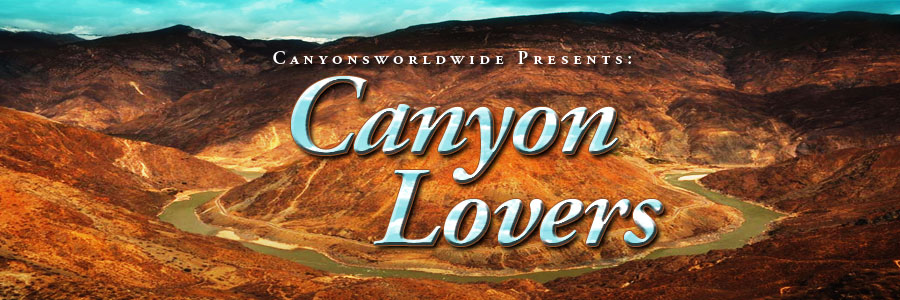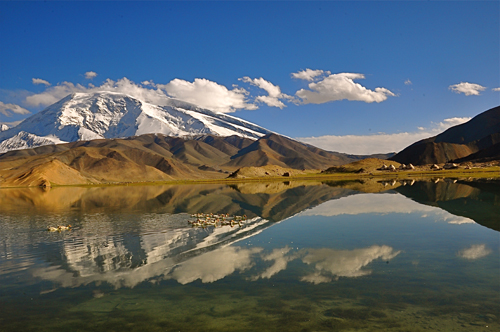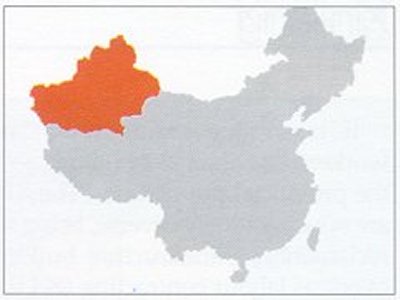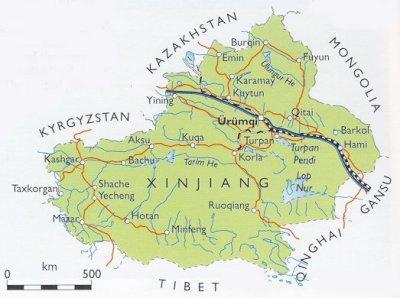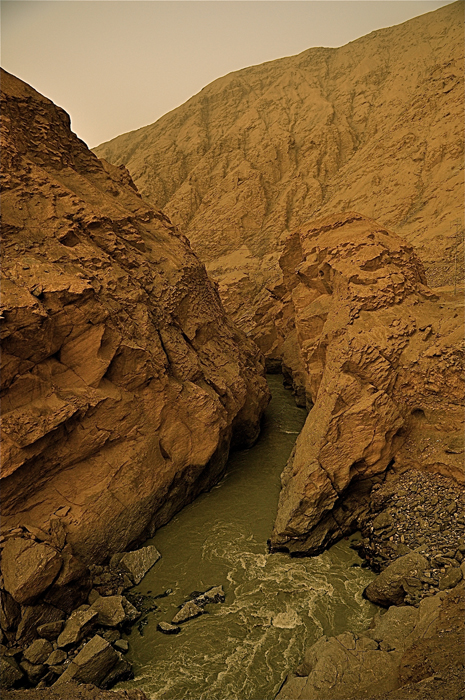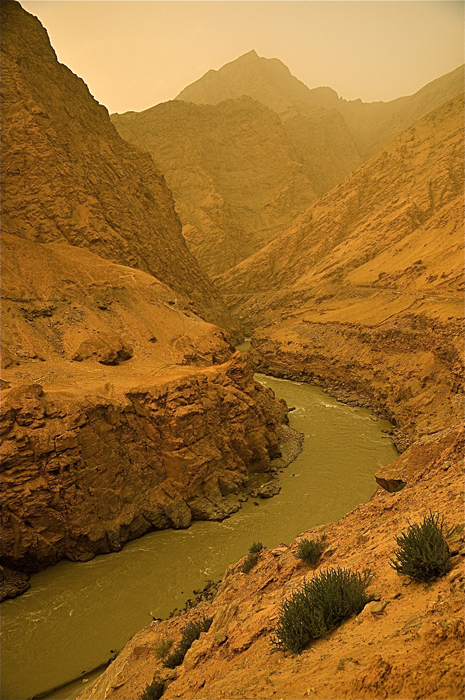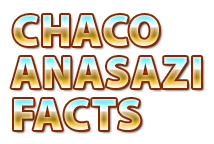Sep
28
A lovely covey of ducks glide on Karakul Lake into the mirror image of Muztagh Ata peaks ice fields.
“Muztagh Ata lies just south of Kongur Tagh, the highest peak of the Kunlun Shan. Together they form a somewhat isolated group, separated from the main chain of the Kunlun, and also separate from the Pamir Mountains to the west. (Both peaks are sometimes regarded as being in the “Chinese Pamir”, and are more closely connected to the main Pamir group than the main Kunlun group.) Not far to the north and east of this group are the lowlands of the Tarim Basin and the Taklamakan Desert. The Karakoram Highway passes very close to both peaks as well as Karakul Lake, from which the mountain is conveniently viewed. The closest city is to the mountain is Tashkurgan, the westernmost town in China and very close to the border with Pakistan.” – From Wikipedia.
Since our first expedition in September 1998 the Grand Canyons of the Kunlun Mountains have been an ongoing fascination for our canyon exploration efforts. Here are located 2 of the earths deepest canyons that still defy exploration.
There has been a long debate as to the correct placement and name of the Kara Kash River as well as the meaning of the name. There is a debate, as the two rivers that feed into the Hotan area and Takalamakan desert, are often miss labeled by the maps and do not agree with the names given by the local people.
We now know for certain form interviewing numerous local people that the historically important Jade river is the eastern most of the two and is called Yu Long Kashi/Jade Dragon River. We were able to see that the lower canyon actually resembles a dragon as it has massive plates of slab stone hundreds of feet in height both at river level and along some of the ridge lines. The resemblance to an actual mythical dragon is uncanny.
The western river is named the Kara Kashi River (perhaps “white jade” river) which is now aimed to provide a powerful electrical generating plant and a large irrigation system which is used to water the extensive Uygar peoples agricultural farms of grapes, walnuts and corn among other corps. They also raise large flocks of goats, sheep, cattle, yaks, camels, as well as typical cattle with this rich abundance of water along the southern edge of one of the driest deserts on earth, the Taklamakan.
In another interesting factoid none of the local people know for certain the meaning of Yu Long Kashi and Kara Kash River names. But during intensive interviews they surmised they mean Jade Dragon Stone, Black Jade (the eastern twin river) and White Jade Rivers (the western twin river).
About 1980 km southwest of Urumqi by road, Hotan is one of the most isolated parts in Xinjiang, sitting at the southern boundary of the Taklamakan Desert. It is connected only to Kashgar and, via the new Desert Highway, to Korla. Brought to life by the Karakash (Black Jade) and Yorungkash (White Jade) Rivers, this town has long been a spiritual and commercial center on the Southern Silk Road. Ancient city ruins and Buddhist temples are in this region.
Hotan River Canyons and Jade: Some of the highest quality jade in China—most notably the whitish mutton fat jade—comes from an area along the banks of the Yulong Kashgar River near Hotan. Two-thousand-year-old historical records refer to a Jade Road from the area.
In imperial times, Hotan jades were sent as tributes to Chinese emperors and carved into exquisite works of art and made into chops used to seal official documents. The price of Hotan nephrite soared in the mid-2000s, quadrupling in value in 2007 alone to 10,000 yuan ($1,347) a gram for the best-quality stone, or 40 times the value of gold. One piece of Hotan mutton fat jade weighed 11,795 pounds was carved into an image of an ancient emperor leading flood control efforts. It now resides in the Forbidden City.
Today Hotan jade accounts for about 10 percent of the annual $1.2 billion jade trade in China. Much of it is mined by small-time prospectors with sieves who hope for a big strike but get by mostly with relatively small pieces of white, green and brown jade that they can sell for a few cents a day,
Nephrite found in western China has traditionally been collected by “jade pickers” who wander the shores of dry river beds picking up stones washed down from the nearby Jade Mountains during the spring floods.
